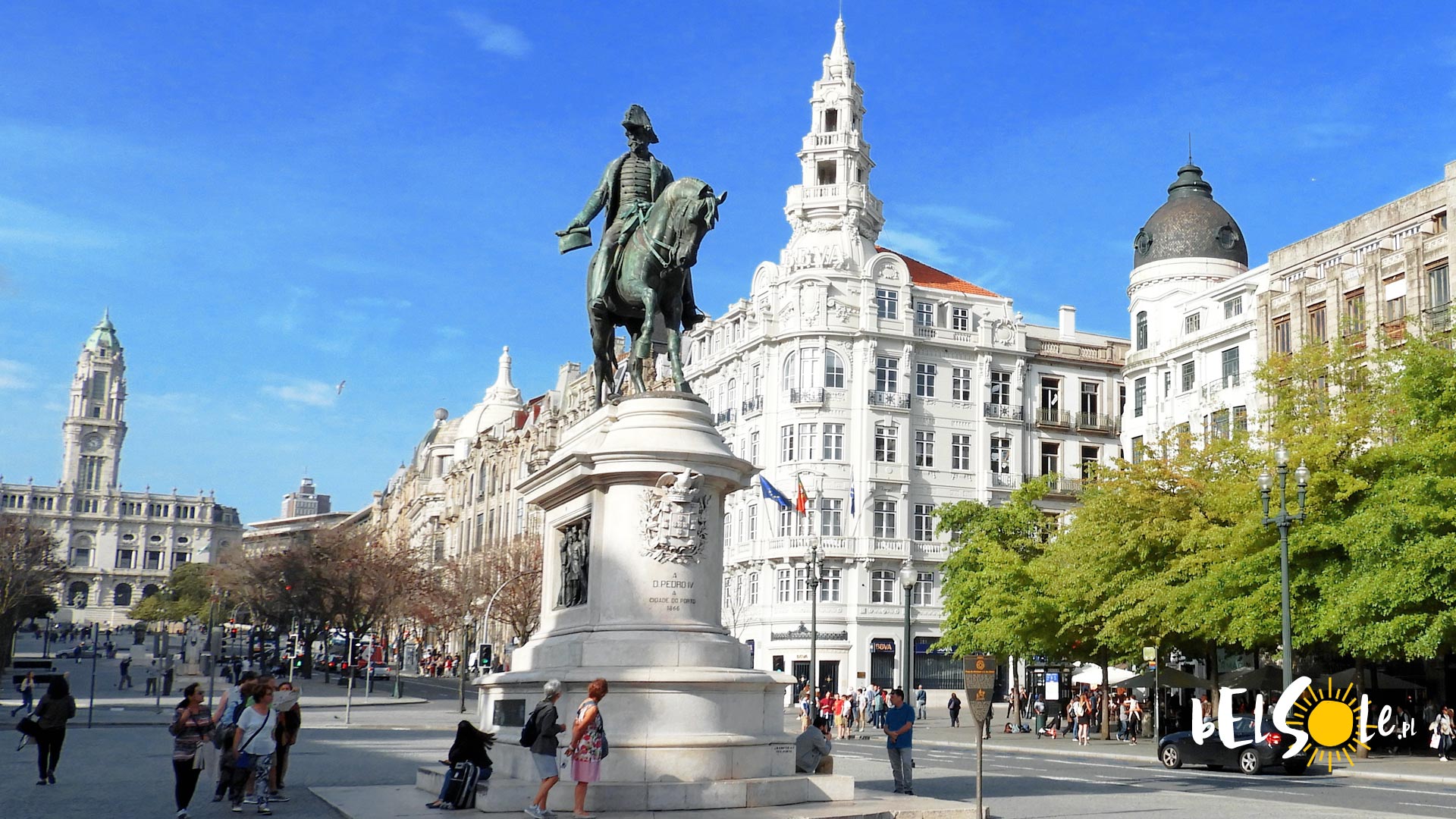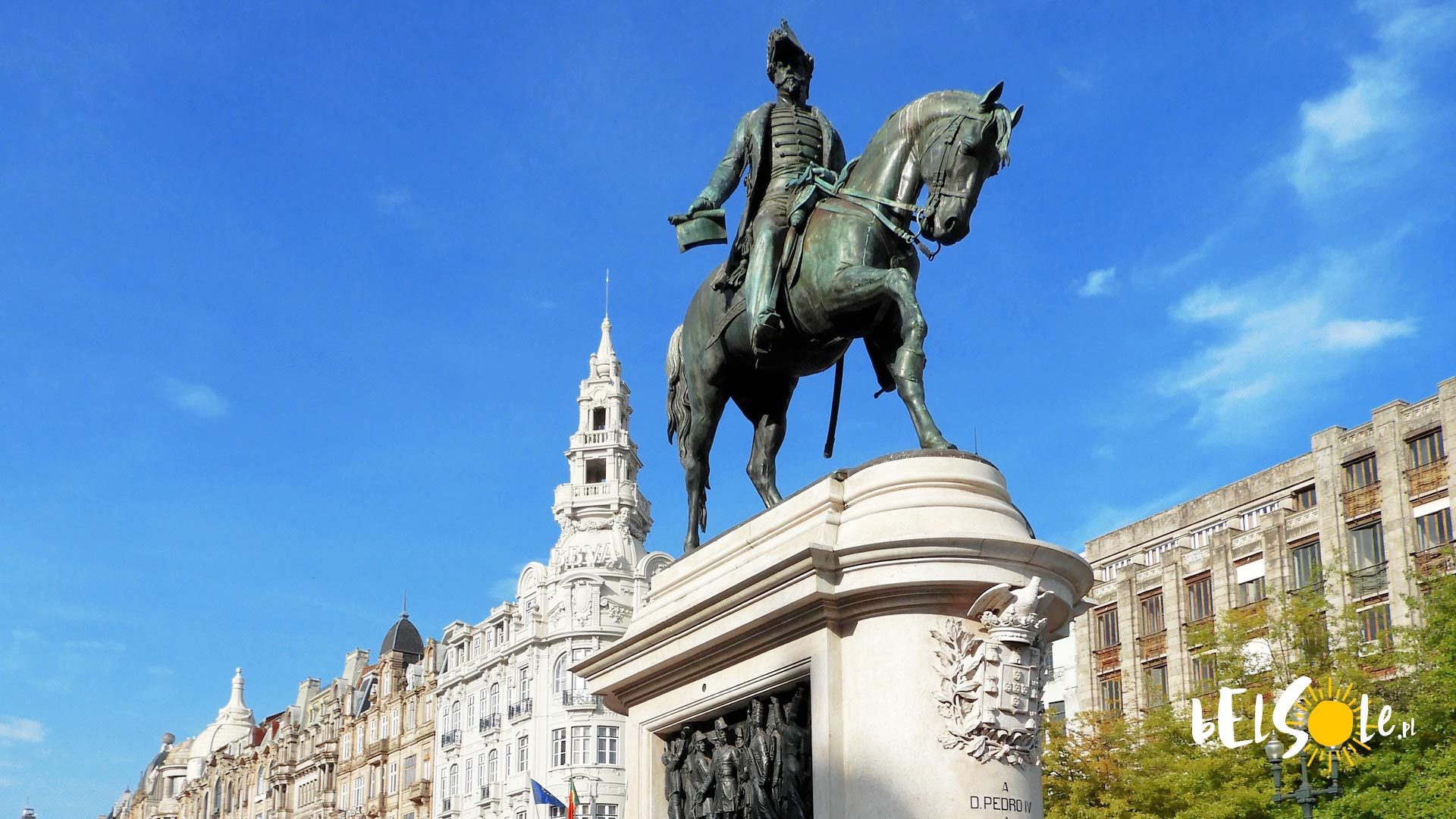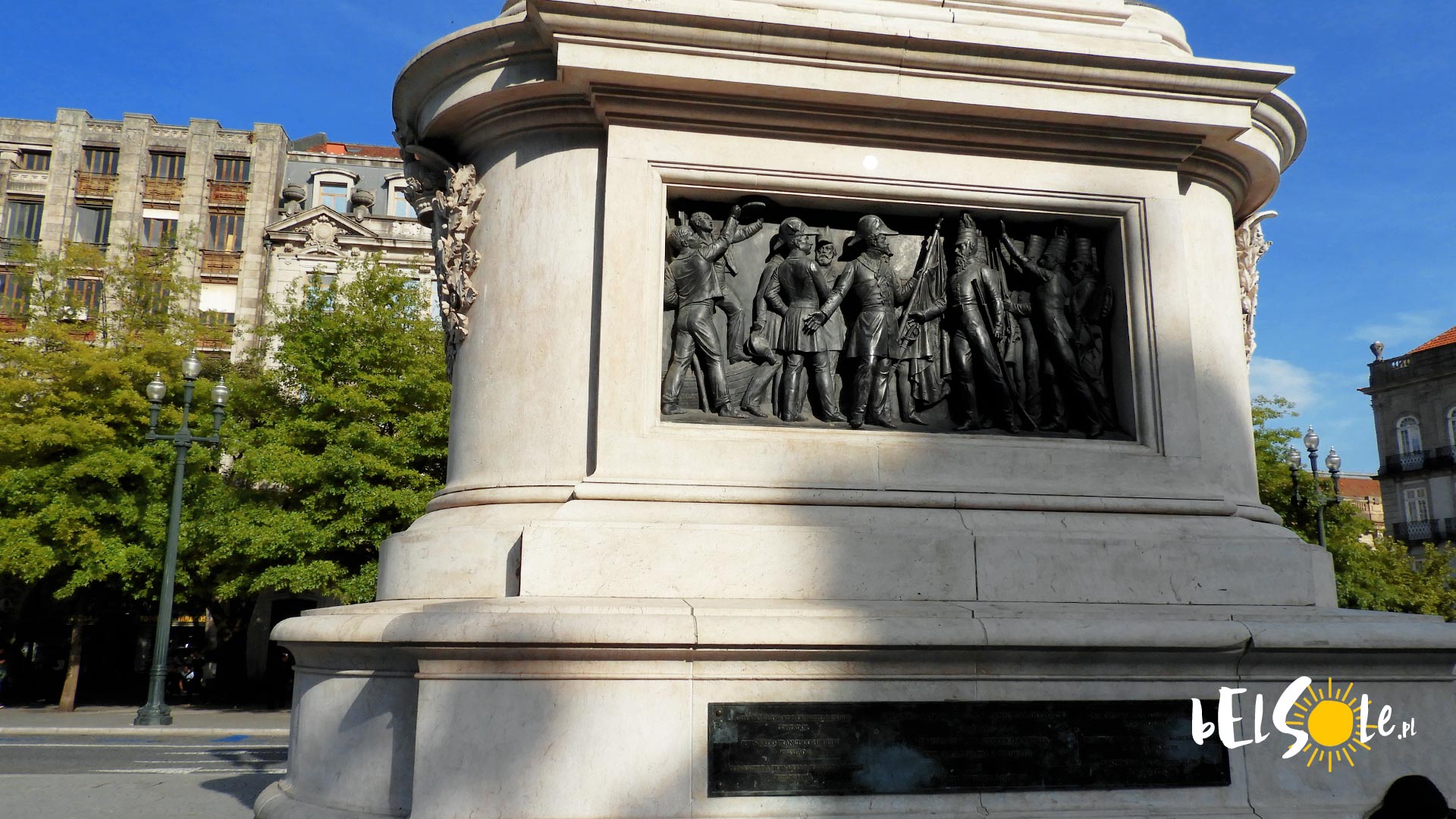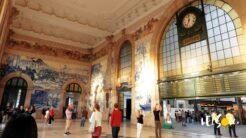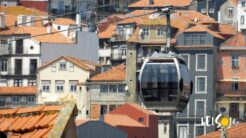Though the Dom Luís I Bridge is certainly the more characteristic symbol of Porto, it’s not the only one. A sight you cannot avoid in the Plaza de Liberdade square is a statue of a horseman that has stood in that very spot for well over a hundred years now. What does this statue represent? Who is the man in question?
The statue was erected in 1866 in Porto’s Liberdade Square. Who does the statue depict? None other than Peter IV, Portuguese monarch also known as the Brazilian Emperor, Peter I. The monarch was born on 12 October 1798 in Queluz, in the municipality of Sintra. He died in the same place in 1834, at the age of 35. Not many years after his death, it was decided that he deserved to be immortalised with this beautiful monument at one of Porto’s most important sites.
The proud king sitting on horseback was prepared by Celestin Anatole Calmels and Joaquim da Costa Lima. 5 tonnes of bronze was used up to make this 10-metre statue. The foundation was laid in 1862 and the structure was officially unveiled on 13 October, 1866.
The king is depicted in his traditional attire holding the Carta Constitucional, the second constitution of Portugal, enacted by Peter IV in 1826. This constitution, albeit modified along the way, remained valid all the way until 1910, when Portugal shifted from monarchy. The pedestal itself is decorated with two magnificent reliefs, originally made of marble. These were replaced for ‘protection purposes’ in the end, so currently you can see bronze duplicates on the column. The monument to the King and Brazilian Emperor has been considered a Property of Public Interest for Portugal since 1982.
Carta is quite an important aspect of Portuguese history. After the death of King John VI in 1826, Portugal was divided on the matter of royal succession. It was Pedro vs his younger brother, Miguel. Though Pedro was older, and as such had a direct claim to the throne, Miguel argued that Pedro had abandoned his claim by focusing on Brazil. To try to calm the situation down, Pedro issued a new constitution, the Carta.
In it, he attempted to reconcile both absolutists and liberals by including both in the ruling system. This scarcely convinced absolutists and the country was thrown into a civil war over succession. The Carta was flipped on and off like a switch during this period, as one side was gaining advantage over the other. Pedro succeeded, which you probably could’ve guessed from the fact that it’s his statue that’s been standing in Porto all this time. And you can see him holding a piece of paper which started a bloodbath.


